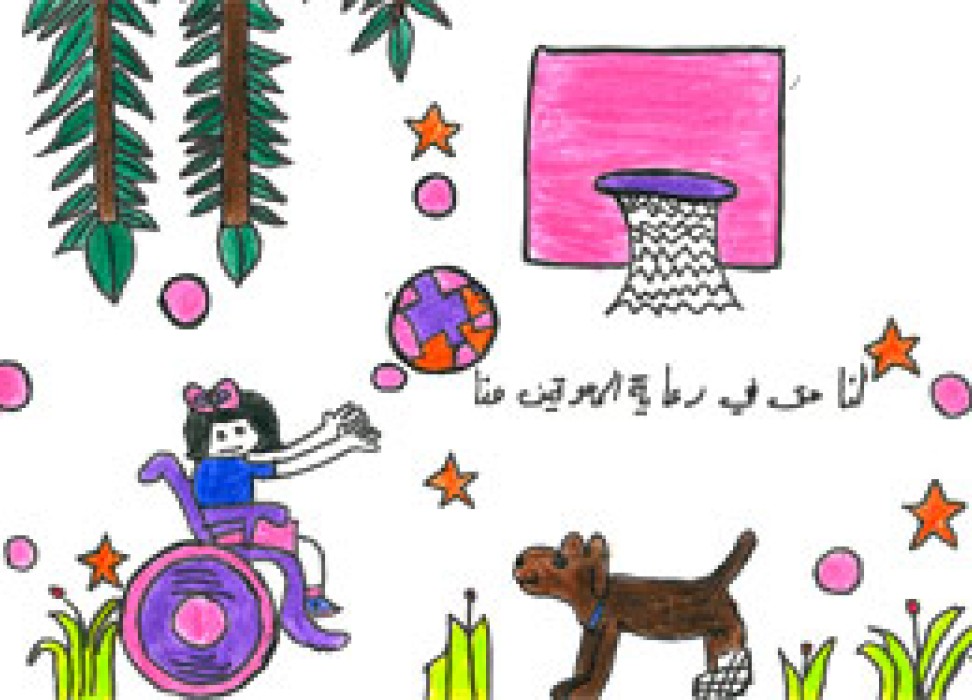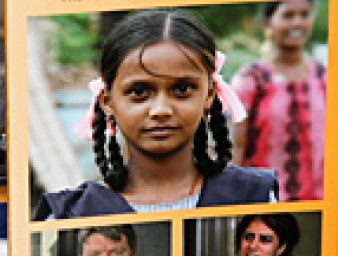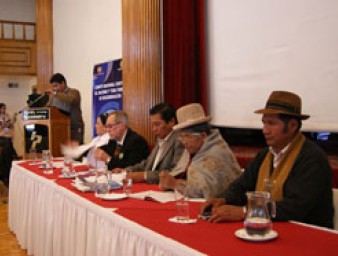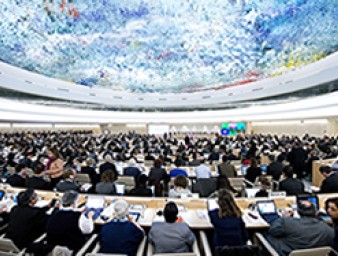Building an understanding of human rights in the classroom
25 April 2012

The human rights education strategy developed by the Working Group for Human Rights, part of the UN Country Team in Lebanon, has taken a three-pronged approach to human rights education. It is focusing on developing a specialist teaching model for schools; an advocacy campaign through the media, including on Facebook; and promoting the implementation of international standards in existing human rights training programs in schools and universities.
The ‘teach-ins’ or classes held in 30 schools and four universities, reached over 2,500 students and were based on eight key human rights issues identified through the Universal Periodic Review of Lebanon’s human rights infrastructure: torture; enforced disappearances; migrant workers, Palestinian and other refugees; human trafficking; the rights of children; women; and persons with disabilities.
The Universal Periodic Review of the UN Human Rights Council is the process by which all Member States have their human rights records scrutinized by a working group made up of representatives from all 47 member states of the Council every four years. The outcome reports are subsequently presented to the Human Rights Council for further discussion if necessary, and adoption.
As part of the education strategy, the Working Group also produced a booklet describing a range of human rights issues, which were distributed in schools. On Human Rights Day 2011, primary and secondary students from those schools were invited to take part in a drawing competition choosing one of the topics from the booklet as the subject for each work.
The winners of the competition, aged from five to 12 years old had their paintings included in a 2012 calendar, which has been widely distributed.
25 April 2012



